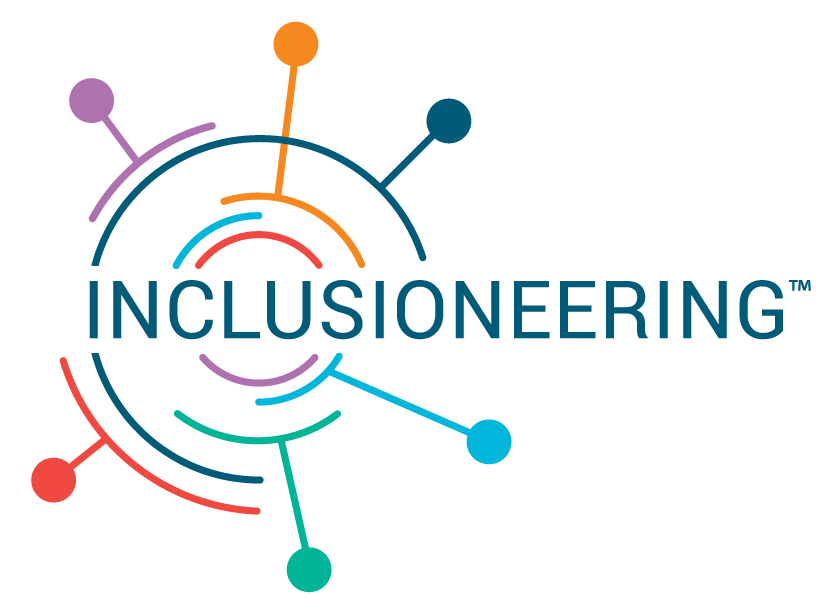As the Inclusioneering team reflects on the past year, we’re grateful for another year of progress, partnership and purpose. This year also marked a milestone – our fourth birthday. Since Inclusioneering was launched, we’ve had the privilege of collaborating with businesses, organisations, and leaders across engineering and technology to embed…
Inclusion is no longer a buzzword – it’s a business necessity. The latest Women in UK Manufacturing 2025 report, led by the University of Cambridge’s @ Institute for Manufacturing sets out a clear message, if the UK’s manufacturing sector wants to thrive, it must lead with inclusion. This year’s review…
Like many, I’ve watched the footage of people protesting outside The Bell Hotel in Epping, being used to house asylum seekers. The hotel is less than an hour away from where I grew up. Locals waved signs, chanted about ‘protecting our communities’ and keeping ‘England for the English’. The St…

I was honoured to be asked to speak at PICTFOR‘s seventh Diversity, Equity, and Inclusion Rally in the Thames Pavillion, Houses of Parliament on Tuesday 15th July. PICTFOR is the Parliamentary Internet, Communications and Technology Forum – an All Party Parliamentary Group that brings together Parliamentarians from all parties and…
As AI continues to evolve at an unprecedented pace, ensuring its safe, reliable, and ethical deployment has become a top priority for governments, industries, and regulatory bodies. In March 2025, AI Standards Hub Global Summit took place in London. The two-day Summit was organised in partnership with the Organisation for…
The rapid advancement of AI and digital technologies brings both opportunities and challenges. Earlier this month, Inclusioneering’s CEO and Founder, Jo Stansfield attended an All-Party Parliamentary Group on AI, hosted at the House of Lords. The event discussed the shift from digital entropy (increasing disorder, uncertainty within systems, data, and software…
‘Unlocking potential and meeting the skills demand of an evolving profession’ was the topic under discussion at the inaugural BCS Convene Conference in February 2025. As a conference advisory board member, Inclusioneering’s Founder and CEO Jo Stansfield, helped shape this event, and was in London to hear the discussion unfold. The…

In the last week I had the pleasure to attend not one, but two influential events driving the agenda for ethnicity pay gap reporting in the UK. This blog post summarises what makes pay gap reporting so important, and lessons to take away from both events. How my advocacy for…
The European Union officially launched its first wave of AI Act provisions and restrictions, which came into effect on 2nd February 2025. The landmark piece of legislation will regulate the use of artificial intelligence across industries. Beyond AI developers, firms that are deploying AI systems will also be subject to…
As Inclusioneering celebrates it’s 4th birthday and we celebrate four years of driving positive change, we are publishing our annual review. But world events highlight how our work is more important than ever. With events unfolding across the globe, it’s clear that diversity, equity and inclusivity remain critical challenges. In…

Recent Comments